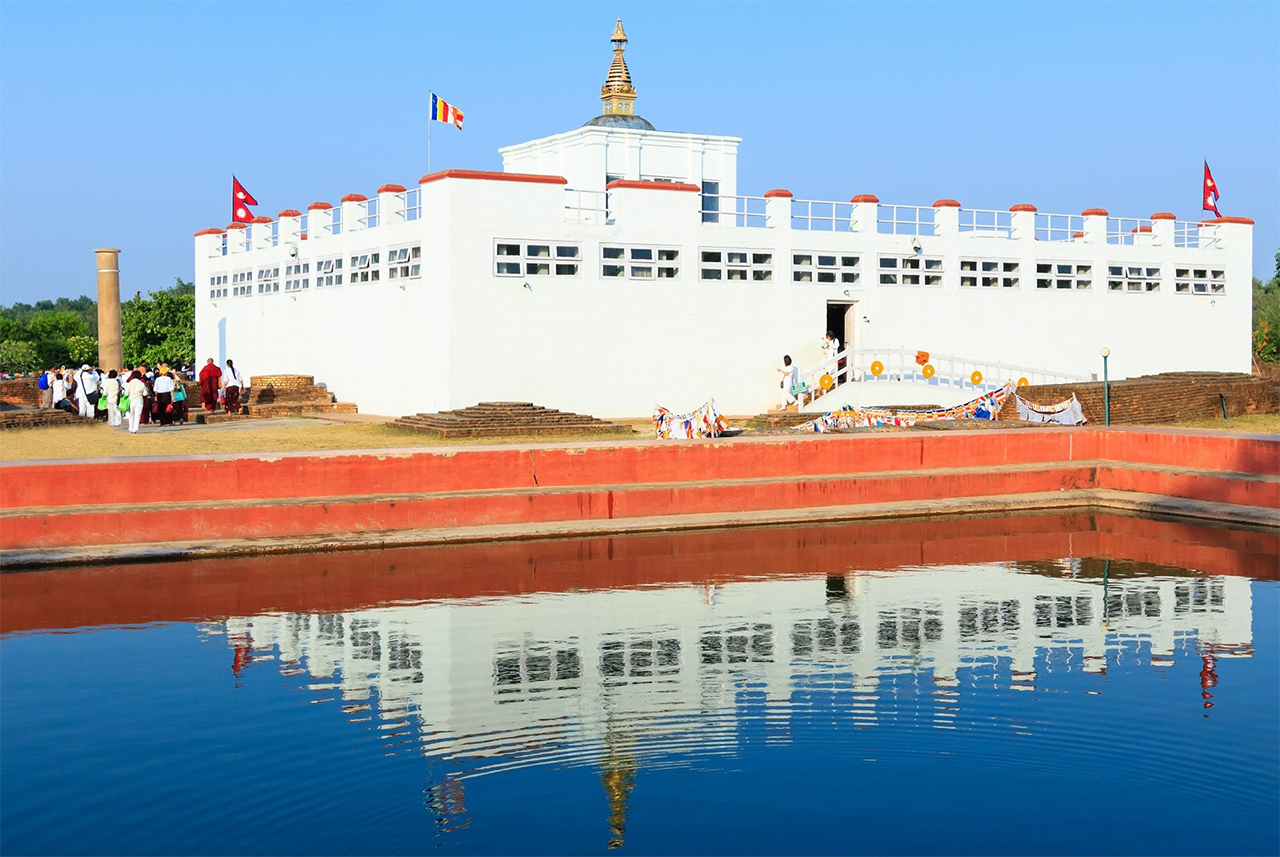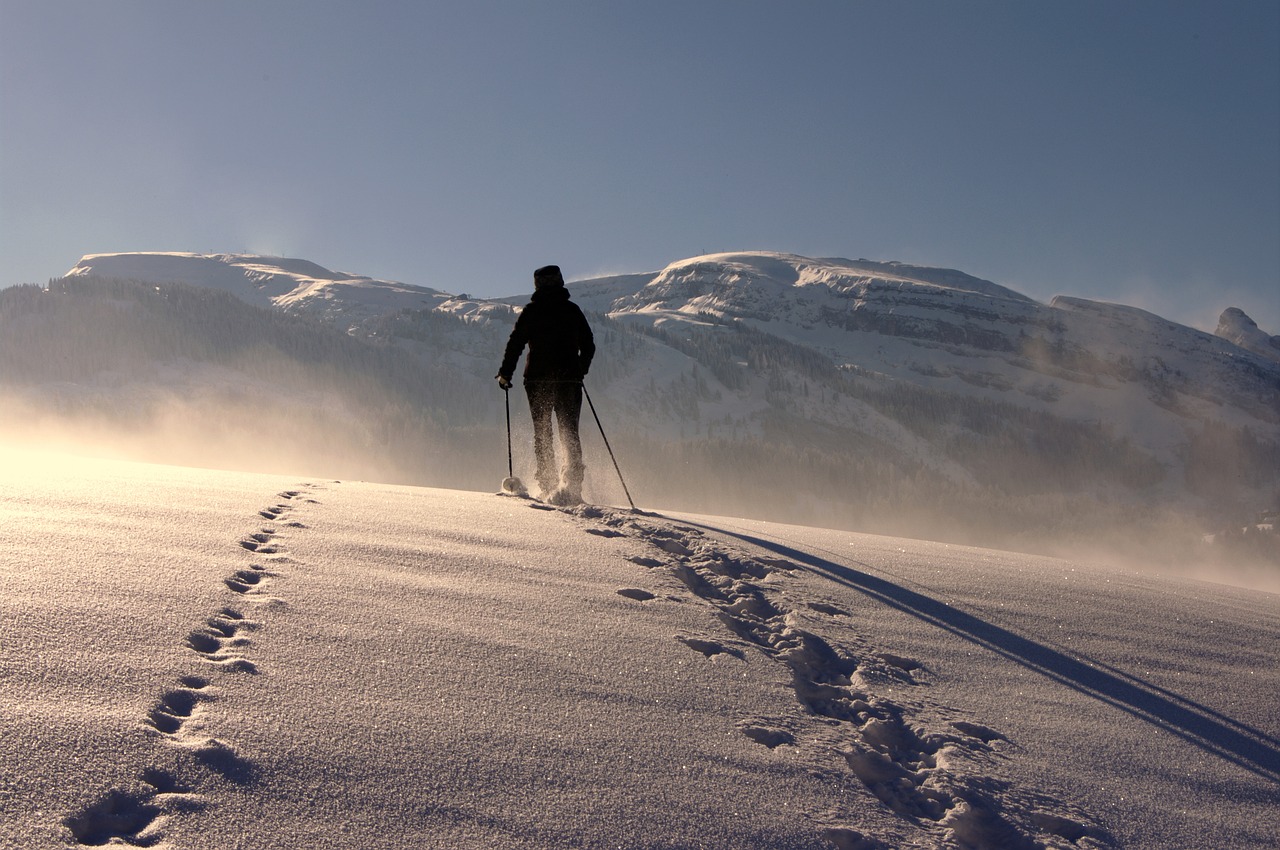History & Geography
Nepal’s Geography
Nepal is a landlocked country with latitudes ranging from 800 4′ to 800 12′ east and 260 22′ to 300 4′ north. The total area is 147181 square kilometers. Nepal is bounded to the north by Tibet, a Chinese Autonomous Region, and to the east, south, and west by India. The country is rectangular in shape, approximately 885 kilometers long, bordered by the Mechi River in the east and the Mahakali River in the west, and approximately 200 kilometers tall from north to south.
Nepal is divided into three geographical regions known as the Himalayan, Mountain, and Terai. It straddles the hills and mountains between the vast Ganges plain and the high Tibetan plateau in the north. The Himalayan range contains nearly one-third of the greater Himalaya range, including eight of the world’s ten highest mountains. This region contains approximately 1300 other peaks that rise above 6000 meters. The Terai, a narrow strip of flat land in the south, is bounded by Siwalik Hill and the Mahabharat Range. The inner Terai, which was once infested with deadly malaria, is now a rapidly developing area since DDT was spread to eradicate Malaria. The Terai region is also known as Nepal’s bread basket. Between the Himalayas and the Terai, the mountain region accounts for 64% of Nepal’s total surface area.
Nepal’s History in Short
King Prithvi Narayan Shah of Gorkha unified modern Nepal. Nepal was ruled by various Kirats, Lichchavis, Thakuris, and Mallas prior to unification. Kirats ruled Nepal in the 7th century BC, according to history. Though little was known about the Kirats, the Lichchavi dynasty, which lasted from the 2nd to the 9th century AD, succeeded them. For two centuries after the Lichchavis, Nepal was ruled by the Thakuris, who were followed by the Mallas. Nepal was split up into numerous principalities and small kingdoms. These kingdoms have their own currency, administration, and large armies in the fifth centuries of Malla rule. The Malla dynasty is known as the “golden period,” and it was during their reign that Nepal became a great center of art and architecture. Some of the most well-known monuments, which can still be seen today, were built during this time period, according to history. Taking advantage of the conflict between these small kingdoms, King Prithvi Narayan Shah of Gorkha invaded the Kathmandu Valley in 1768 and unified Nepal, establishing the Shah Dynasty.
Jang Bahadur Rana, Nepal’s then-Prime Minister, revolted against the monarchy. In 1844. During this time, the famous Koot Massacre occurred, in which a large number of noblemen were killed. The Rana seized absolute power while keeping the Shah family in the palace. Many reforms, including the abolition of slavery, were instituted by Chandra Shamsher, the later Ranas. During Rana’s reign, colleges, schools, hospitals, and the first newspapers were built. Ranas’ 104-year reign came to an end as a result of their autocratic rule.
With the support of a large number of Nepalese people, King Tribhuvan restored democracy by toppling the Rana regime in November 1950. He restored the Shah regime in Nepal. Following his death, King Birendra ruled Nepal and is remembered as one of the noble and peaceful kings of Nepal. In June 2001, the entire family of King Birendra was massacred, which became known as the Royal Massacre 2001. Prince Dipendra was crowned King while in a coma, and he died while lying in a hospital bed.
Gyanendra Shah, the late King Birendra’s brother, was crowned King of Nepal.


